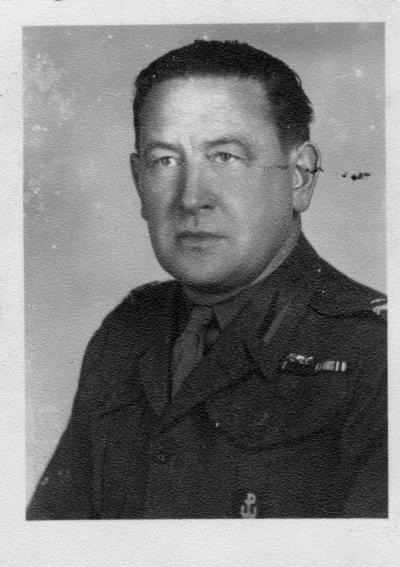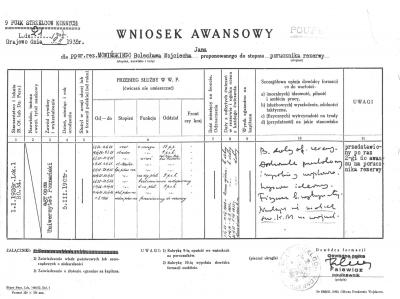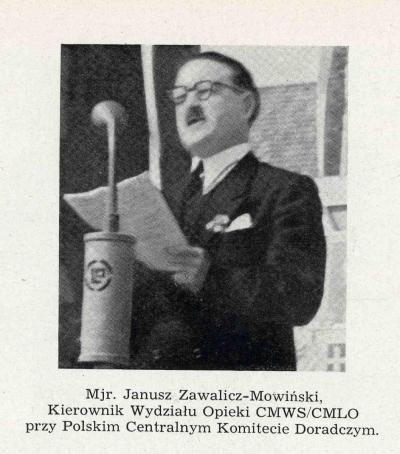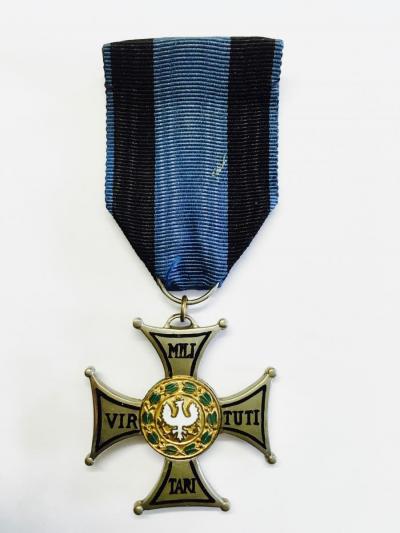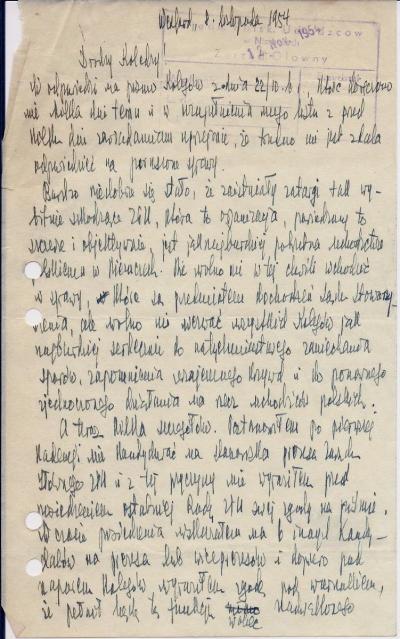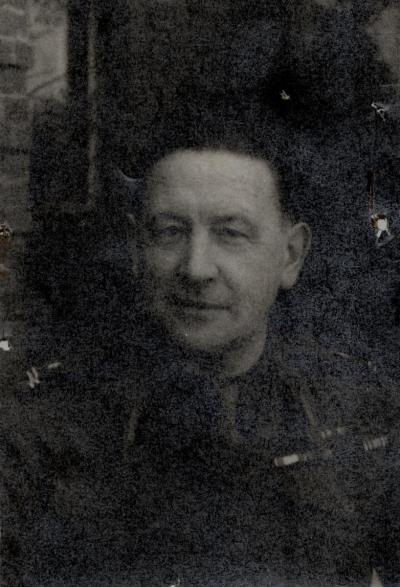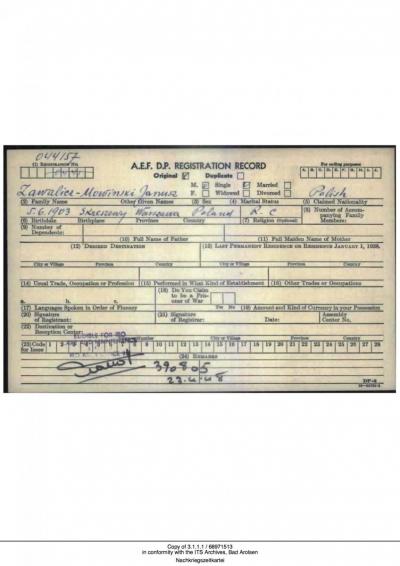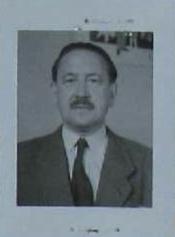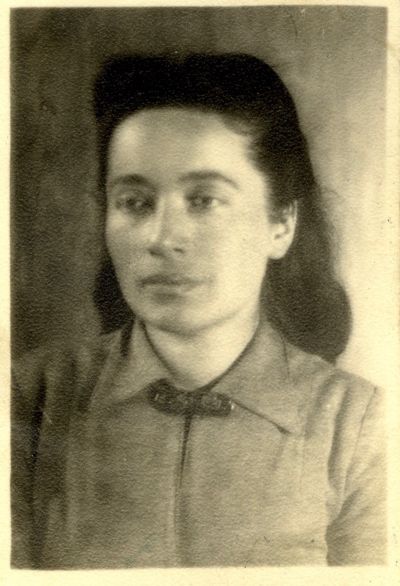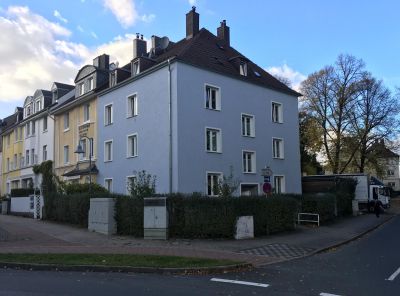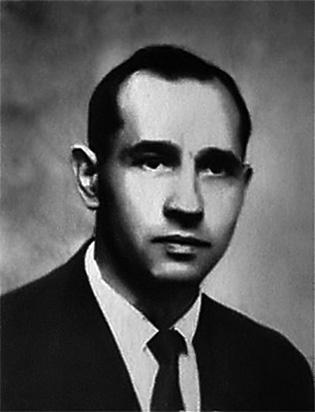Bolesław Zawalicz-Mowiński
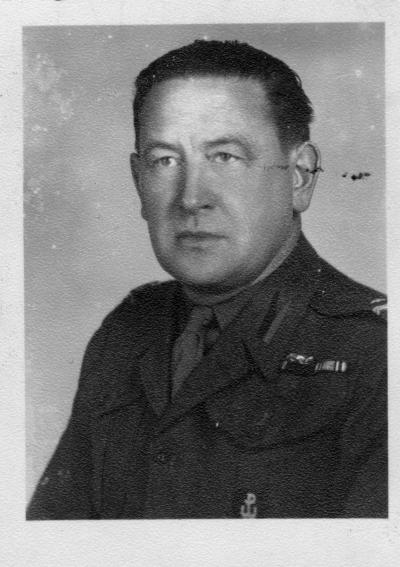
III. From DP to refugee (1945–1954)
For some time after being liberated, he shared the same fate as the majority of former officers in the Polish Army, former soldiers of the Home Army, prisoners of war and former inmates of the concentration camps and of the forced labourers - he found himself in a former prisoner of war camp near Lübeck. His situation changed at the end of 1945, when the authorities in London made the decision to establish military self-help on the European mainland. This went hand in hand with the promotion of Colonel Karol Ziemski to head of the Polish military district in Timmdorf near Plön with the 8th Corps of the British Army of the Rhine, BAOR. Colonel Ziemski recruited Zawalicz-Mowiński and then appointed him Chief of Staff. Zawalicz-Mowiński started using his middle name Janusz at the end of 1945. He quickly proved himself in the new role created for him by the commander. In addition to his commitment to social causes and war veterans, he also took on work with the nascent British aid divisions.
At the beginning of November 1946, at the first meeting of the Association of Polish War Veterans (Stowarzyszenie Polskich Kombatantów, SPK) in Meppen, Zawalicz-Mowiński was elected to the board. Alongside his other activities, he supported the founding of new self-help groups within the milieus of former prisoners of war in Schleswig-Holstein. One of his tasks was to create exemplary self-help departments which were supposed to speed up the development of these groups. At the beginning of May 1947, he managed to convince the British leadership to commit to the initiative to create the first divisions of the Civil Mixed Watchmen’s Service (CMWS) and the Civil Mixed Labour Organization (CMLO). Zawalicz-Mowiński started a wide-scale recruitment campaign amongst potential candidates to serve in the CMWS/CMLO in Rheda, Wentorf and Fallingbostel.
He also carried out a questionnaire survey in the camps to determine how many soldiers were looking for repatriation and how many wanted to take up positions with the British aid divisions. In the meantime, he managed to create the first prototype units of the “navy blue service”, including in Hannover-Buchholz, the formation of which accelerated the decision to recruit Poles to work in these groups. Over time, the British military authorities found that none of the war veteran organisations were able to mediate between the guard detail and the British Army. And so the idea was born to appoint a Polish Advisory Council. Because these matters had been coordinated by the SPK to this point, its representatives in the Central Advisory Council took over the leadership of the CMWS/CMLO welfare department, whose work Major Zawalicz-Mowiński coordinated. His greatest successes were the maintenance of DP status (displaced person) for all members of the CMWS/CMLO departments, maintenance of the right for their family members to emigrate to Germany, the concession of the necessity for families to take up residency near stationed units, the assurance that they could return to the CMWS/CMLO group if their emigration application had a negative outcome, and the maintenance of all provisions under insurance law relating to official conditions.
